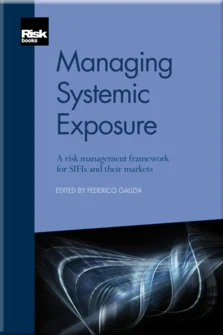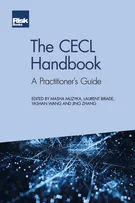Systemic Wrong-way Risk
Systemic Wrong-way Risk
Managing Systemic Exposure: A Risk Management Framework for SIFIs and their Markets
SIFIs and the Financial Crisis
Remuneration at Large Financial Services Firms
What Drives Banking Industry Ratings? An Empirical Analysis
Leverage: A Research Agenda for SIFIs
Bank Off-balance-sheet Leverage: Some Lessons from the Financial Crisis
Systemic Wrong-way Risk
The OTC Derivatives Market: Risks and Regulations
Balance Sheet Management for SIFIs
Managing Concentration Risk
Capital Adequacy Ratio: A Managerial Framework
Appendix: G-SIB Regulatory and Supervisory Regime
The financial crisis of 2007–09 emphasised the importance of measuring and managing counterparty credit risk (CCR) for all market participants.11A comprehensive overview of CCR can be found in Canabarro and Duffie (2003), Cesari et al (2010), Gregory (2012) or Pykhtin (2011). The collapse of Lehman Brothers and other major financial institutions during the crisis showed that even the largest financial institutions can fail. The default of Lehman Brothers’ vividly illustrated that the failure of a large financial institution can cause a major impact on world markets and the global economy. In the wake of the crisis, the Basel Committee on Banking Supervision (2010) introduced the notion of the systemically important financial institution (SIFI). Under the Basel III framework issued in response to the crisis, SIFIs will be the subject of an additional capital surcharge above the minimum capital requirements. This new regulatory standard will provide an additional measure of safety with respect to the default of a SIFI.
In this chapter, we will discuss a
Copyright Infopro Digital Limited. All rights reserved.
You may share this content using our article tools. Printing this content is for the sole use of the Authorised User (named subscriber), as outlined in our terms and conditions - https://www.infopro-insight.com/terms-conditions/insight-subscriptions/
If you would like to purchase additional rights please email info@risk.net
Copyright Infopro Digital Limited. All rights reserved.
You may share this content using our article tools. Copying this content is for the sole use of the Authorised User (named subscriber), as outlined in our terms and conditions - https://www.infopro-insight.com/terms-conditions/insight-subscriptions/
If you would like to purchase additional rights please email info@risk.net






